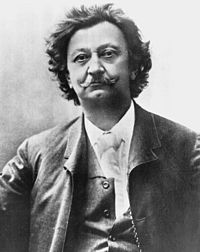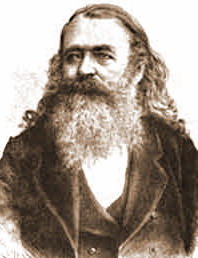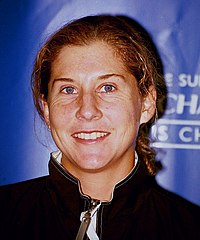

This is a list of famous or notable citizens of Novi Sad (included in the list are natives as well as permanent and/or temporary residents).
Contents
- Arts
- Architecture
- Literature and poetry
- Painting
- Comics
- Sculpture
- Multiple art disciplines
- Entertainment
- Fashion and modeling
- Film, theater, and television
- Games and toys
- Music
- Sciences
- Biology
- Chemistry
- Mathematics
- Physics
- Psychology
- Scholars
- Business
- Politics
- Clergy
- Philanthropy
- Military
- Sports
- Basketball
- Canoe
- Chess
- Football
- Handball
- Rowing
- Shooting
- Tennis
- Track and field
- See also
- References









